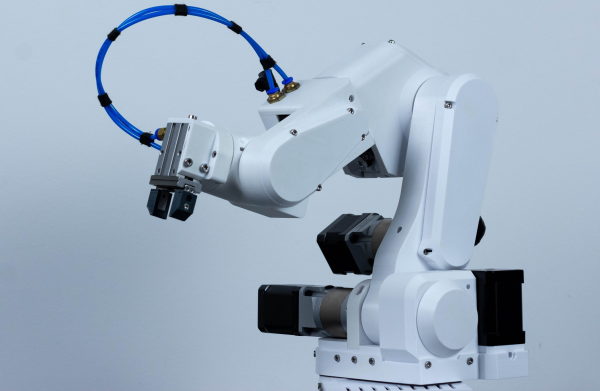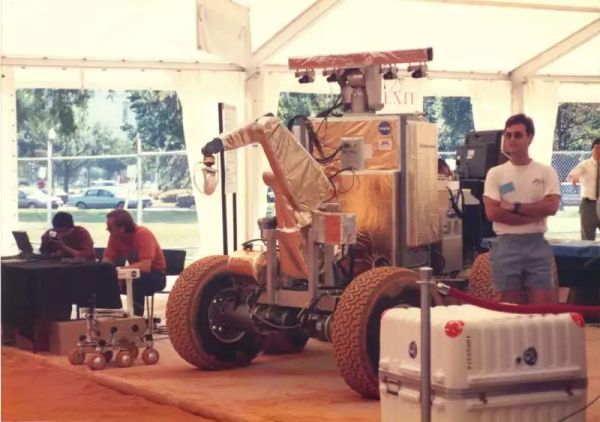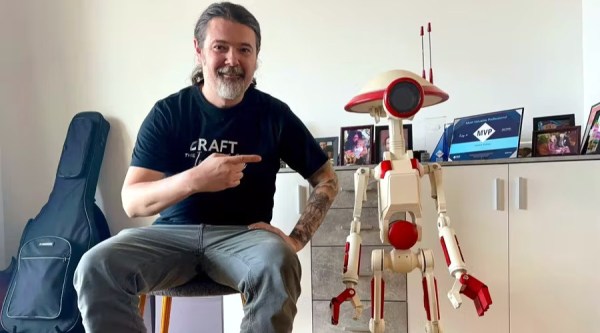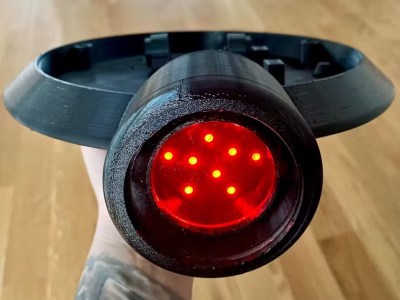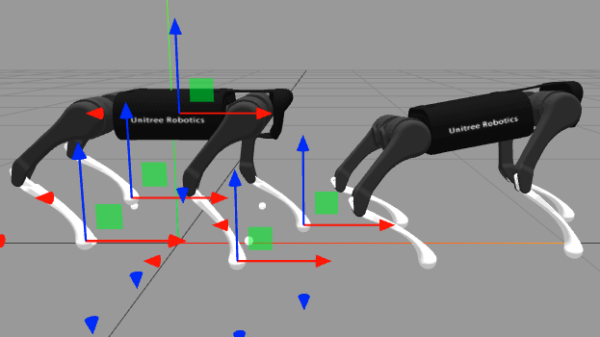While the concept of automotive “autopilots” are still in their infancy, pretty much any aircraft larger than an ultralight will have some mechanism to at least hold a fixed course and altitude. Typically the autopilot system is built into the airplane’s controls, but this new system replaces the pilot themselves in a manner reminiscent of the movie Airplane.
The robot pilot, known as PIBOT, uses both AI and robotics technology to fly the airplane without altering the aircraft. Unlike a normal autopilot system, this one can be fed the aircraft’s manuals in natural language, understand them, and use that information to fly the airplane. That includes operating any of the aircraft’s cockpit controls, not just the control column and pedal assembly. Supposedly, the autopilot can handle everything from takeoff to landing, and operate capably during heavy turbulence.
The Korea Advanced Institute of Science and Technology (KAIST) research team that built the machine hopes that it will pave the way for more advanced autopilot systems, and although this one has only been tested in simulators so far it shows enormous promise, and even has certain capabilities that go far beyond human pilots’ abilities including the ability to remember a much wider variety of charts. The team also hopes to eventually migrate the technology to the land, especially military vehicles, although we’ve seen how challenging that can be already.


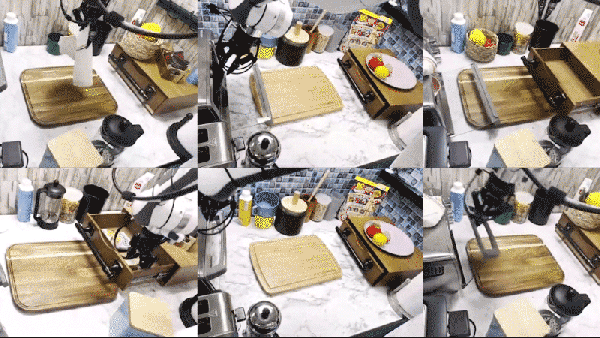
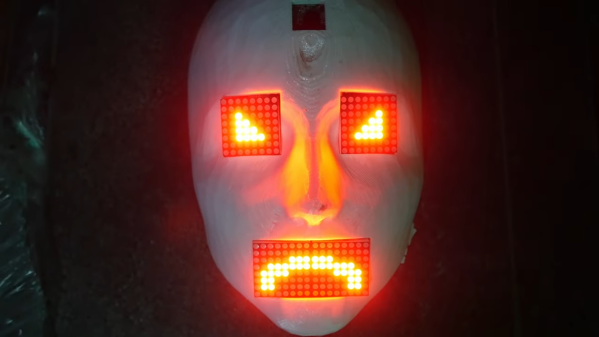
 The robot face is introduced to us with a soundtrack befitting Stranger Things, or maybe Luke Million. The build was inspired by The Doorman, a creepy art piece with animatronic eyes. [Jens’] build started with a 3D model of a 3D mask, with the eyes and mouth modified to have rectangular cutouts for LED displays. The displays are run by a Raspberry Pi Pico, which generates a variety of eye and mouth animations. It uses a camera for face tracking, so the robot’s evil eyes seem to follow the viewer as they move around. In good form, the face has a simple switch—from good to evil, happy to angry. Or, as [Jens] designates the modes: “Fren” and “Not Fren.”
The robot face is introduced to us with a soundtrack befitting Stranger Things, or maybe Luke Million. The build was inspired by The Doorman, a creepy art piece with animatronic eyes. [Jens’] build started with a 3D model of a 3D mask, with the eyes and mouth modified to have rectangular cutouts for LED displays. The displays are run by a Raspberry Pi Pico, which generates a variety of eye and mouth animations. It uses a camera for face tracking, so the robot’s evil eyes seem to follow the viewer as they move around. In good form, the face has a simple switch—from good to evil, happy to angry. Or, as [Jens] designates the modes: “Fren” and “Not Fren.”